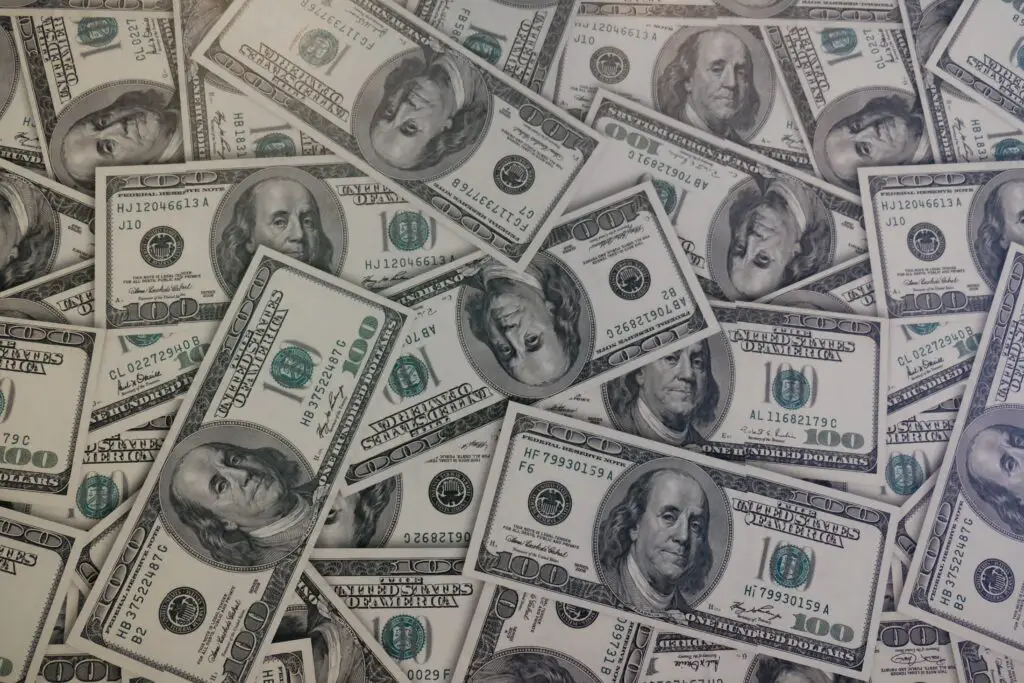There has never been a 1 million dollar bill issued by the United States government for general circulation or public use. The highest denomination of U.S. currency that has been printed and circulated was the $100,000 bill, which was used only for transactions between Federal Reserve Banks.

To understand why there is no 1 million dollar bill, we must look at the history of U.S. currency and the reasons for the existence of high-denomination bills. The first paper currency issued by the United States government was the Continental, which was used during the American Revolutionary War. However, the value of the Continental rapidly depreciated due to overprinting and lack of backing by gold or silver reserves, leading to its eventual collapse.
In 1792, the United States established a system of coinage based on the decimal system, with the dollar as the basic unit of currency. However, it was not until the Civil War that paper currency became widely used in the United States. During the war, the federal government began issuing paper currency known as “greenbacks” to finance the war effort.
After the war, the United States government introduced a series of high-denomination bills, including the $500, $1,000, $5,000, and $10,000 bills. These bills were used primarily for large transactions between banks, businesses, and the government.
The use of high-denomination bills was driven by a number of factors, including the need for a secure and convenient means of transferring large amounts of money, particularly for businesses and banks. Another factor was the desire to establish the United States as a major financial power on the global stage.
However, the use of high-denomination bills also had its drawbacks. One was the risk of counterfeiting, which became a major concern as technology improved and counterfeiters became more sophisticated. Another was the potential for tax evasion and other criminal activity, as high-denomination bills made it easier to move large sums of money without detection.
In 1969, the United States government announced that it would no longer issue high-denomination bills, citing concerns about their use in criminal activities such as money laundering, tax evasion, and drug trafficking. The $500, $1,000, $5,000, and $10,000 bills were all discontinued, and any that remained in circulation were withdrawn and destroyed.
Today, the highest denomination of U.S. currency that is commonly used is the $100 bill. While there are larger denominations of U.S. currency, including the $500, $1,000, $5,000, and $10,000 bills, these are extremely rare and are only held by collectors.
While there is no 1 million dollar bill, there are other ways to obtain large sums of money, such as wire transfers and other electronic payment methods offered by banks and other financial institutions. Additionally, various types of investments, such as stocks, bonds, and real estate, can generate significant wealth over time.
In conclusion, while the idea of a 1 million dollar bill may be appealing, it is important to understand the history and context of U.S. currency and the reasons for the existence of high-denomination bills. While such bills may have served a purpose in the past, they are no longer necessary or practical in today’s world.